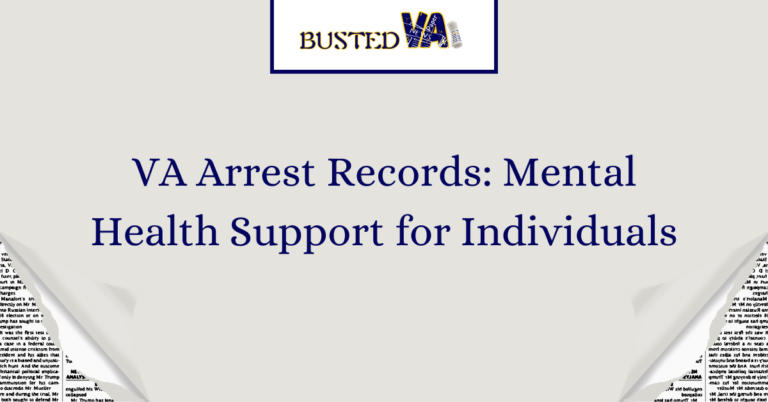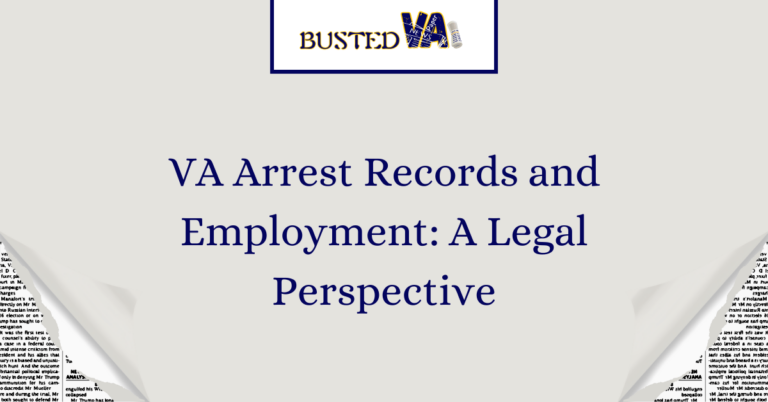The Impact of COVID-19 on VA Inmates and Mugshots
The COVID-19 pandemic has had a profound impact on various aspects of society, and one area that has been significantly affected is the prison system. In particular, Virginia inmates and the issue of mugshots have been at the forefront of this discussion.
With the spread of the virus, prisons have become hotspots for infection, posing a serious threat to both inmates and staff. The overcrowded and confined nature of correctional facilities makes it challenging to implement social distancing measures effectively. As a result, the health and safety of inmates have been compromised, leading to an urgent need for action.
The Impact on Inmate Health and Safety
The COVID-19 pandemic has brought to light the dire conditions faced by Virginia inmates in the wake of the virus. With the inherent challenges posed by overcrowding and limited resources, correctional facilities have become breeding grounds for infection. The health and safety of inmates have been severely compromised, necessitating immediate action to address this critical issue.
The Need for Increased Testing and Medical Care
One of the key concerns in the prison system is the lack of adequate testing and medical care available to inmates. With the highly contagious nature of the virus, it is crucial to identify and isolate infected individuals promptly. Increased testing capacity and access to medical professionals within correctional facilities are paramount in preventing the spread of the virus and ensuring the well-being of inmates.
Challenges in Implementing Social Distancing Measures
Social distancing measures, such as maintaining a minimum distance between individuals and avoiding large gatherings, are challenging to implement within the confines of a prison. The overcrowded nature of correctional facilities makes it nearly impossible to adhere to these guidelines effectively. As a result, inmates are left vulnerable to the spread of the virus and its potentially devastating consequences.
Mental Health Implications for Inmates
The impact of the pandemic on inmate mental health cannot be overlooked. The heightened fear and anxiety surrounding the virus, coupled with the restricted movement and limited social interactions, have taken a toll on the well-being of incarcerated individuals. The lack of access to adequate mental health resources within prisons further exacerbates this issue, necessitating a comprehensive approach to address the mental health needs of inmates.
Protecting the Vulnerable: Elderly and High-Risk Inmates
Elderly and high-risk inmates are particularly susceptible to the severe consequences of COVID-1The close quarters and limited healthcare resources within correctional facilities place these individuals at an increased risk of contracting the virus. Implementing targeted measures to protect this vulnerable population is crucial in mitigating the impact of the pandemic on their health and overall well-being.
Addressing Staff Safety and Preventing Transmission
The health and safety of prison staff are also at stake in the face of the pandemic. Ensuring the well-being of correctional officers and other personnel is essential in maintaining the functioning of the prison system. Implementing rigorous safety protocols, providing sufficient personal protective equipment (PPE), and offering regular testing are crucial steps in preventing the transmission of the virus within correctional facilities.
FAQs
What measures have been taken to protect VA inmates from COVID-19?
The protection of Virginia (VA) inmates from COVID-19 involves a range of measures implemented by correctional facilities in response to the pandemic. These measures often include regular testing of inmates and staff, strict hygiene protocols, enhanced sanitation practices, and the provision of personal protective equipment (PPE) such as masks. Inmates are often educated about preventive measures, and facilities may implement social distancing within the confines of the correctional environment. Additionally, efforts may be made to reduce overcrowding, either through early release programs or other means, to minimize the risk of virus spread.
Are VA inmates receiving proper medical care during the pandemic?
Ensuring proper medical care for VA inmates during the COVID-19 pandemic is a critical aspect of correctional facility management. Inmates who test positive for the virus may receive appropriate medical attention, and facilities may establish quarantine or isolation areas to prevent further transmission. Telemedicine services might also be utilized for routine medical consultations. Collaboration with local healthcare providers and public health agencies is common to address the healthcare needs of incarcerated individuals during the pandemic.
How has COVID-19 impacted visitation rights for VA inmates?
The COVID-19 pandemic has significantly impacted visitation rights for VA inmates. Many correctional facilities across the United States, including those in Virginia, temporarily suspended or restricted in-person visitations to prevent the spread of the virus. To maintain connections between inmates and their families, facilities often increased the use of virtual visitation tools, allowing individuals to communicate remotely. Visitation policies may vary based on the evolving situation and public health recommendations, with adjustments made to balance the safety of inmates and staff with the need for social connections.
What steps are being taken to address mental health concerns among VA inmates?
The pandemic has heightened mental health concerns among VA inmates, given the unique challenges of confinement and the additional stressors associated with the public health crisis. Correctional facilities typically address mental health concerns through increased access to counseling services, telehealth options, and support from mental health professionals. In some cases, virtual therapy sessions may be implemented to ensure ongoing mental health care while minimizing in-person interactions. Efforts to provide coping mechanisms, mental health education, and resources for emotional well-being are also common strategies.







